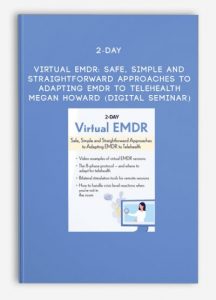
2-Day: Virtual EMDR: Safe, Simple and Straightforward Approaches to Adapting EMDR to Telehealth – Megan Howard (Digital Seminar)
Description
EMDR is a powerful, evidence-based treatment you can use to safely and rapidly help your clients’ process their traumas and reclaim their lives!
And while much of its fantastic reputation as a clinical tool has been built upon in-person sessions, EMDR is also effective when delivered virtually so you can continue your important work with clients from a distance.
This 2-day training is your how-to-guide on utilizing EMDR through telehealth platforms!
Whether you are new to using EMDR, or have already been trained but aren’t sure how to go about it in a virtual format, this program will give you safe, simple and straightforward approaches to adapting EMDR techniques to an onlineenvironment.
Over 2 confidence boosting days, you’ll get instantly usable information, guidance, demonstrations and practice tips including:
- Video examples of virtual EMDR sessions
- The 8-phase protocol – and where to adapt for telehealth
- Bilateral stimulation tools for remote sessions
- A dissociation screening tool
- Strategies to maximize attunement through video sessions
- How to handle crisis level reactions when you’re not in the room
EMDR is a must-have treatment tool and telehealth is here to stay.
Don’t miss out on this chance to bring your practice up-to-speed so you can stay on the front lines with your clients even when face-to-face sessions aren’t possible.
Purchase today!
Outline:
The 8 Phases of EMDR and Essential EMDR Resources
- History
- Preparation
- Assessment
- Desensitization
- Installation
- Body scan
- Closure
- Re-evaluation
- Review of resources (calm place, container, ICON, etc.)
Assess the Appropriateness of Virtual EMDR for Clients
- Establishing safety
- Creating Resources
- Dual awareness options
- Informed consent
Common Barriers to Virtual EMDR Treatment
- Keeping a consistent environment
- Distractions
- Checking on physical responses
- Safety in the environment
Ways to Increase Attunement in Virtual EMDR Sessions
- Accounting for cultural differences and physical environments
- How to create close proximity with your camera
- Attuned breathing on virtual platforms
Eye Movement Resources for Telehealth Practitioners Using EMDR
- Bi-lateral stimulation and its importance in the EMDR process
- Dual attention methods (eye movements, tapping, tappers, sound)
- Bilateral stimulation via video
- Butterfly hug
- Congruent tapping
- Sound pulses
- Other eye movement strategies
- Apps and BLS online resources
Addressing Safety in Virtual EMDR:
How to Manage the Potential Risks of Not Being There In-Person
- Establishing a visually safe environment
- Crisis intervention and safety plans
- Managing/assessing for relapse or maladaptive coping
EMDR for Direct Treatment of Traumatic Memories via Telehealth
- Attachment-based interventions in a disconnected world
- Interweaves for blocked processing
- Treating grief and loss
- Creating connection through parts work
- Working with isolation
- Creating empowerment and self-efficacy from a distance platform
Attachment-Based Trauma and Parts Work with Virtual EMDR
- How attachment styles impact processing
- Identifying the different roles that ‘parts’ play in traumatic healing and survival
- How to utilize and acknowledge ‘parts’ in EMDR processing
- Interventions and techniques to bring ‘parts’ forward for healing
- Techniques and tools for working with addicted ‘parts’ during EMDR
Limitations, Risks, and Further Research
- Current research on telehealth with EMDR
- Addressing barriers and potential risks with telehealth and EMDR
- Making the most of risks and limitations for successful treatment outcomes
NLP online course
So what is NLP?
NLP stands for Neuro-Linguistic Programming. Neuro refers to your neurology;
Linguistic refers to language; programming refers to how that neural language functions.
In other words, learning NLP is like learning the language of your own mind!
NLP is the study of excellent communication–both with yourself, and with others.
It was developed by modeling excellent communicators and therapists who got results with their clients.
NLP is a set of tools and techniques, but it is so much more than that.
It is an attitude and a methodology of knowing how to achieve your goals and get results
Preview Information:
Original Page
Add more Author:
Megan Howard, LCSW, CSUD, EMDR CIT, was trained on the use of EMDR as a treatment protocol through EMDRIA and uses EMDR in her practice to achieve improved outcomes with a broad spectrum of clients in the areas of trauma, abuse, and substance abuse.
She is certified as a Clinical Trauma Professional through the International Association of Trauma Professionals and currently owns and operates one of the largest treatment centers for substance abuse and trauma in the state of Idaho. She has been invited to train internationally at the International Society of Addiction Medicine in India and at the International Conference on Addiction Research and Therapy in Amsterdam.
Ms. Howard earned her Masters in Clinical Social Work from Northwest Nazarene University and is a member of EMDRIA and the International Society of Addiction Medicine.
Speaker Disclosures:
Financial: Megan Howard is the owner of Addiction and Trauma Recovery Services. She receives a speaking honorarium from PESI, Inc.
Non-financial: Megan Howard has no relevant non-financial relationship to disclose.
More Course: NLP – HYPNOSIS – PHILOSOPHY
Outstanding Course:Pathway to Healing: A Trauma Recovery Program by David Berceli


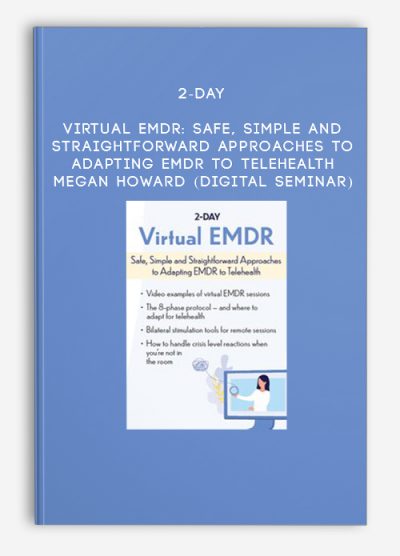
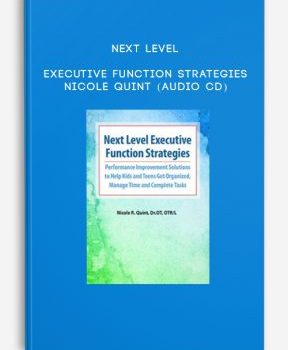
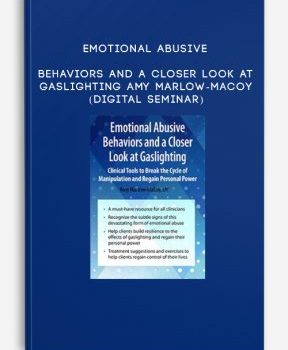
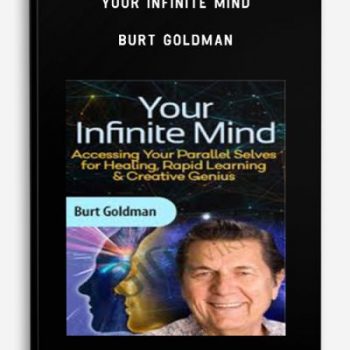




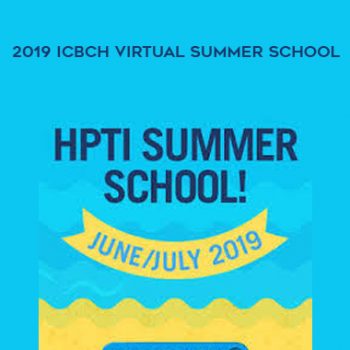
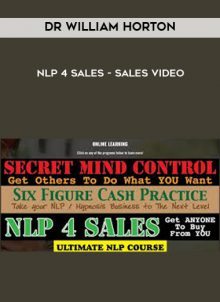
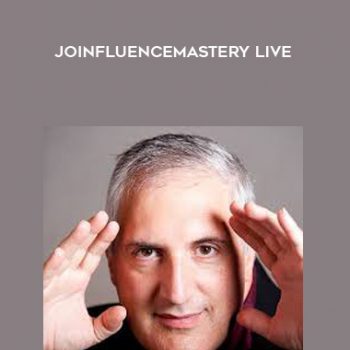
Lord –
This is Digital Download service, the course is available at Coursecui.com and Email download delivery.